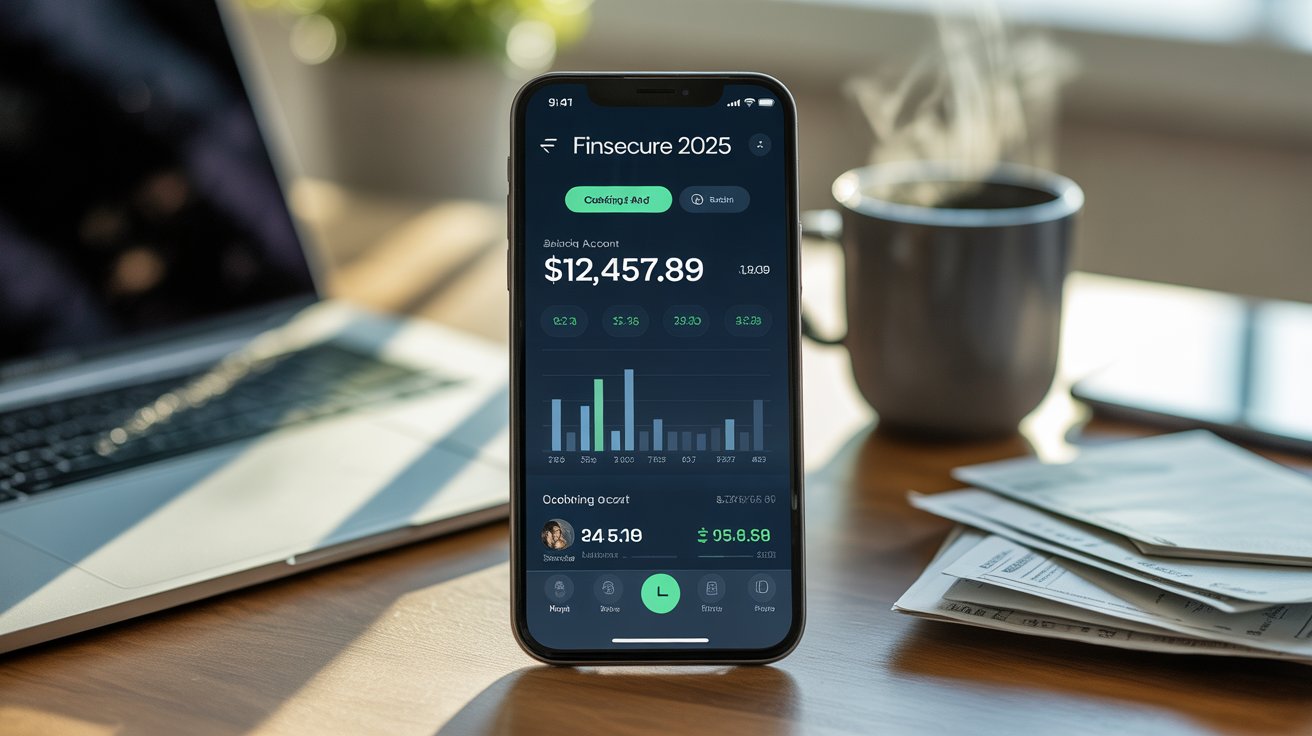
When it comes to personal finance, one of the most common questions is: How much money should you really keep in your checking account? With rising living costs, digital banking growth, and inflation shaping financial habits in 2025, the answer is more important than ever. Keeping too much money in your checking account could mean missing out on interest and investment opportunities, while keeping too little can lead to overdraft fees and financial stress.
In this article, we’ll break down how much money you should ideally have in your checking account in 2025, why it matters, and how to strike the perfect balance.
Why the Right Checking Account Balance Matters
Your checking account is the hub of your daily financial life. It’s where your paycheck lands, bills get paid, and debit card transactions occur. But unlike savings accounts or investment accounts, checking accounts typically earn little to no interest. That means the money sitting there isn’t growing—it’s just available for your daily expenses.
In 2025, with higher interest savings accounts averaging over 4% APY and investment opportunities more accessible than ever, keeping excess funds in checking can cost you money in the long run.
The 2025 Rule of Thumb for Checking Accounts
Experts recommend following a “1 to 2 months’ expenses” rule in your checking account.
- At least 1 month’s worth of expenses should always stay in your checking account. This ensures you can pay bills, cover emergencies, and avoid overdrafts.
- 2 months of expenses may be more comfortable for people with irregular income, such as freelancers, gig workers, or small business owners.
👉 Example: If your monthly expenses are $3,000, you should keep between $3,000 and $6,000 in your checking account in 2025.
Anything above that amount is better placed in a high-yield savings account, money market account, or investments to maximize growth.
Factors That Affect How Much You Should Keep
Not everyone’s ideal balance is the same. Consider these factors:
- Your Income Frequency – If you’re paid weekly, you may get away with a smaller buffer. If you’re paid monthly, keeping a full month’s expenses is safer.
- Lifestyle and Spending Habits – If you tend to spend irregularly (travel, large purchases, etc.), a larger buffer prevents overdraft stress.
- Access to Emergency Savings – If you already have a fully funded emergency fund in a savings account, you don’t need to keep extra cash in checking.
- Banking Fees and Minimums – Some banks in 2025 still require a minimum balance to waive fees. Factor this into your decision.
Where to Put Extra Money Instead
If you find your checking account balance creeping beyond the recommended amount, here’s where to put the excess:
- High-Yield Savings Accounts (HYSA) – Earn interest rates of 4–5% in 2025. Great for short-term goals and emergency funds.
- Certificates of Deposit (CDs) – Lock in competitive interest rates for set terms.
- Investments – Stocks, ETFs, or retirement accounts can help your money grow faster than sitting idle.
- Money Market Accounts – A balance between liquidity and higher returns.
Pro Tips for Managing Your Checking Account in 2025
- Set up automatic transfers from checking to savings or investments.
- Use mobile banking alerts to notify you when your balance drops too low.
- Consolidate accounts to avoid spreading your funds too thin across multiple banks.
- Avoid “cash drag” by reviewing your balance monthly and moving excess funds into growth opportunities.
Final Thoughts
In 2025, the smart move is to keep 1–2 months’ worth of expenses in your checking account—enough to stay safe, but not so much that your money loses growth potential. Anything extra belongs in a savings or investment account where it can truly work for you.
By managing your checking account wisely, you’ll reduce financial stress, avoid fees, and grow your wealth over time.
checking account balance 2025, how much money to keep in checking account, personal finance tips 2025, best checking account strategy, how to manage checking account, checking vs savings account, smart money habits 2025, financial planning tips, how to save money in 2025, checking account rules